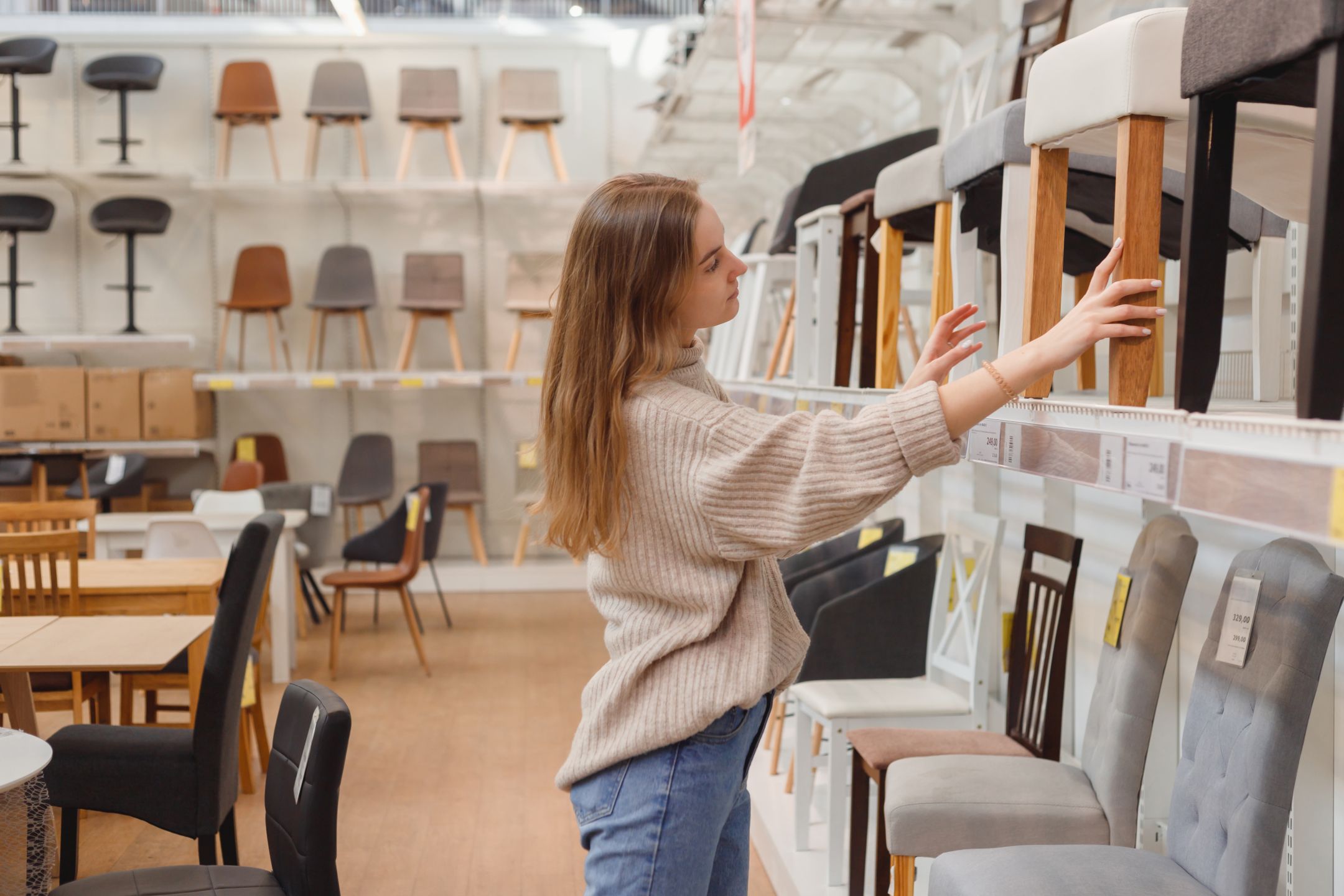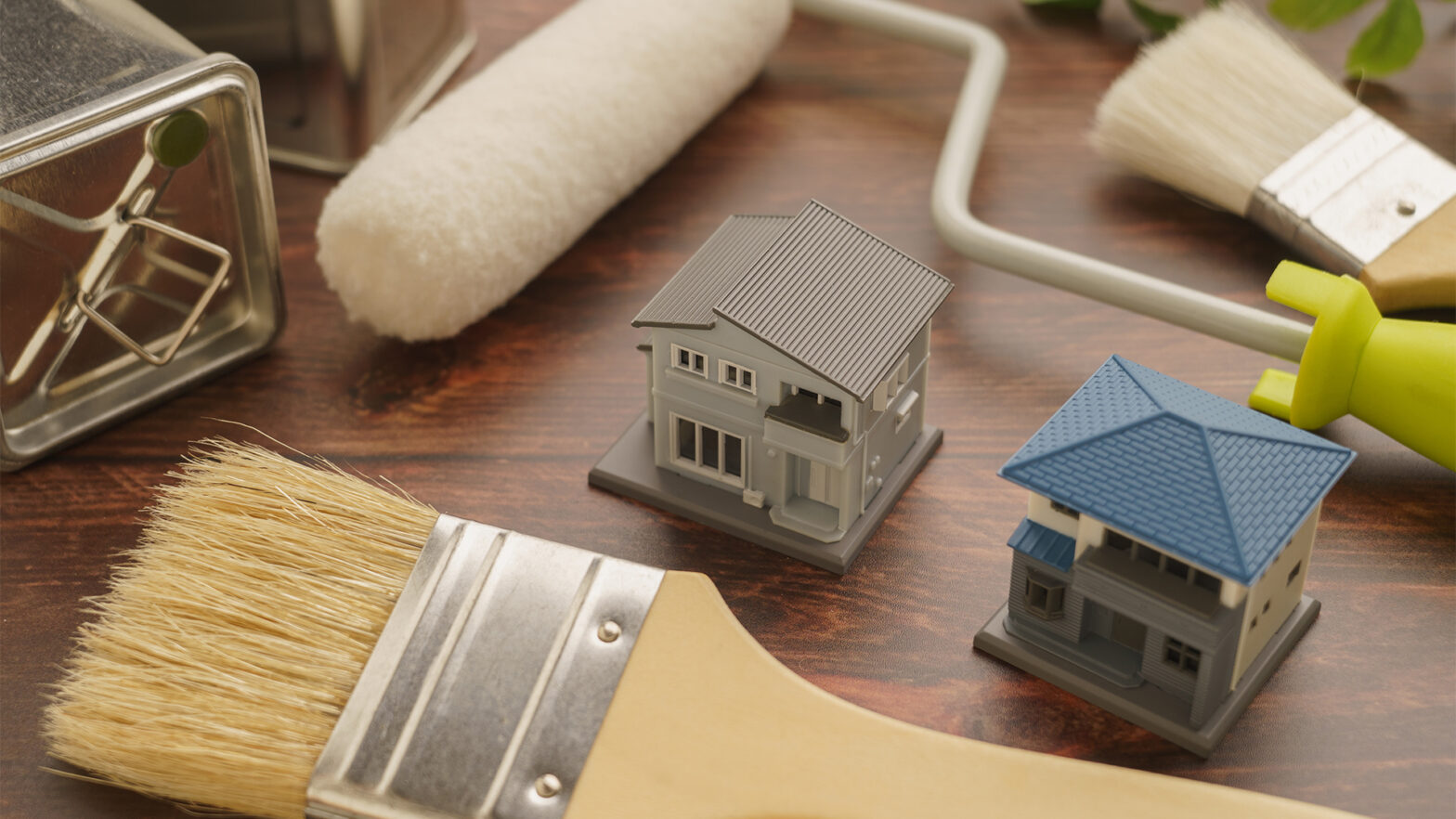Investing in high-quality furniture, such as a stylish sofa, table lamps, and elegant coffee table is a decision that pays off in the long run. Durable pieces can enhance the aesthetics of a home and withstand daily wear and tear, saving money and effort over time. However, selecting furniture that lasts requires careful consideration of high-quality materials, craftsmanship, and design.
Read on to learn ten smart ways to choose furniture that lasts for years.
1. Prioritise Solid Wood Over Composite Materials
Solid wood furniture is renowned for its strength and longevity. Hardwoods like oak, maple, and walnut resist warping and can last decades with proper care. In contrast, particleboard or MDF (medium-density fiberboard) may be affordable but lacks durability, often succumbing to moisture damage or structural weakness.
Hence, when evaluating wood furniture, checking for dovetail joints and reinforced corners can ensure sturdiness. Additionally, reclaimed or sustainably sourced wood can offer an eco-friendly option without compromising quality.
2. Assess the Frame Construction
A sturdy frame is the backbone of durable furniture. Sofas, chairs, and tables should have frames made from kiln-dried hardwood or metal, as these durable materials resist cracking and shifting over time.
For upholstered pieces, look for reinforced corners and doweled or screwed joints rather than staples or glue. A well-constructed frame can prevent sagging and maintain structural integrity even with frequent use.
In addition to assessing the frame construction to ensure longevity, opting for hard crafted furniture can also be a good idea as it prioritises durability and timeless appeal. Unlike mass-produced items, these pieces are built to endure, making them a worthwhile investment.
3. Examine Upholstery Fabric Durability
Fabric choice can significantly impact furniture longevity. High-performance fabrics like microfiber, leather, or tightly woven textiles resist stains, fading, and abrasion. For households with pets or children, opting for stain-resistant or treated fabrics can ensure a piece of furniture remains pristine for years.
Leather, in particular, ages gracefully, developing a patina that enhances its appearance over time. On the other hand, synthetic blends may offer affordability but often wear out faster than natural materials.
4. Check the Joinery Techniques
Quality furniture relies on superior joinery methods rather than nails or adhesives. For instance, dovetail, mortise-and-tenon, and tongue-and-groove joints can indicate meticulous craftsmanship, ensuring stability and weight distribution.
Also, furniture held together with screws or metal brackets tends to loosen over time, whereas interlocking wood joints remain secure even under stress.
5. Consider Weight and Stability
Heavier furniture typically indicates denser, higher-quality materials. Lightweight pieces may be easier to move but lack the robustness needed for long-term use. Testing stability by applying slight pressure can help identify wobbling or weak spots.
Moreover, tables and chairs should have reinforced legs, while dressers and cabinets should feature solid backing to prevent leaning or collapse.
6. Opt for Timeless and Modern Designs Over Trends
Choosing timeless furniture designs ensures longevity in both style and function. While trendy pieces may seem attractive, they often lose appeal as fashions change. Classic silhouettes, neutral tones, and minimalist aesthetics seamlessly adapt to evolving decor trends. Versatile furniture—such as solid wood dining tables or tufted sofas in subdued hues—remains relevant for decades.
By investing in enduring styles, you can reduce the need for frequent updates, making it a cost-effective and sustainable choice for long-term home furnishing.
7. Evaluate Finish and Protective Coatings
A durable finish is crucial for preserving furniture against daily wear. High-quality coatings like polyurethane or lacquer can create a protective barrier against scratches, spills, and sun damage. Hand-applied finishes often indicate meticulous craftsmanship, ensuring even coverage and longevity.
For metal furniture, powder-coated or galvanised finishes resist rust and chipping. Properly sealed surfaces can help enhance durability and maintain the furniture’s aesthetic appeal over time, making them a worthwhile investment.
8. Test Hardware and Moving Parts
Sturdy hardware is essential for pieces of furniture that lasts. Drawers should glide smoothly, hinges must operate quietly, and sliding mechanisms should function without resistance. Features like soft-close drawers and full-extension glides can improve usability while reducing wear.
Additionally, avoid plastic or flimsy metal hardware, as they degrade quickly. Instead, opt for solid metal or reinforced components, which ensure reliable performance and extend the lifespan of cabinets, dressers, and other functional pieces.
9. Research Brand Reputation and Reviews

A manufacturer’s reputation is a strong indicator of furniture quality. Brands with consistent positive reviews and transparent warranties are more likely to deliver durable products. Customer feedback reveals real-world performance, highlighting strengths like sturdy construction or weaknesses such as premature wear.
Established companies specialising in craftsmanship typically prioritise quality materials and rigorous testing. By researching before purchasing, you can avoid low-quality furniture and ensure a worthwhile investment.
10. Proper Maintenance Extends Lifespan
Even high-end furniture requires regular upkeep to remain in top condition. For instance, dusting can help prevent buildup, while avoiding direct sunlight minimises fading and drying. Protective measures like coasters, felt pads, and fabric treatments also guard against stains and scratches.
Lastly, following manufacturer care instructions—such as using wood conditioners or leather cleaners—can help preserve materials and prevent deterioration. Remember, consistent maintenance can prolong furniture life and retain its beauty and functionality for years.
Final Thoughts
Choosing essential furniture pieces that lasts involves a balance of material quality, craftsmanship, and practical considerations. By keeping the information mentioned above in mind, you can enjoy durable, long-lasting pieces that withstand the test of time. Investing wisely today ensures furniture remains functional and beautiful for years to come.































